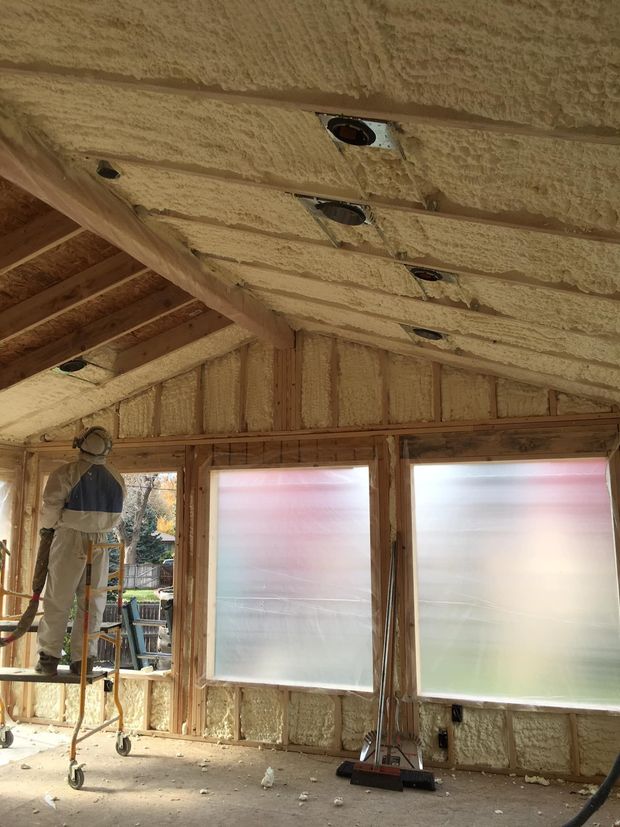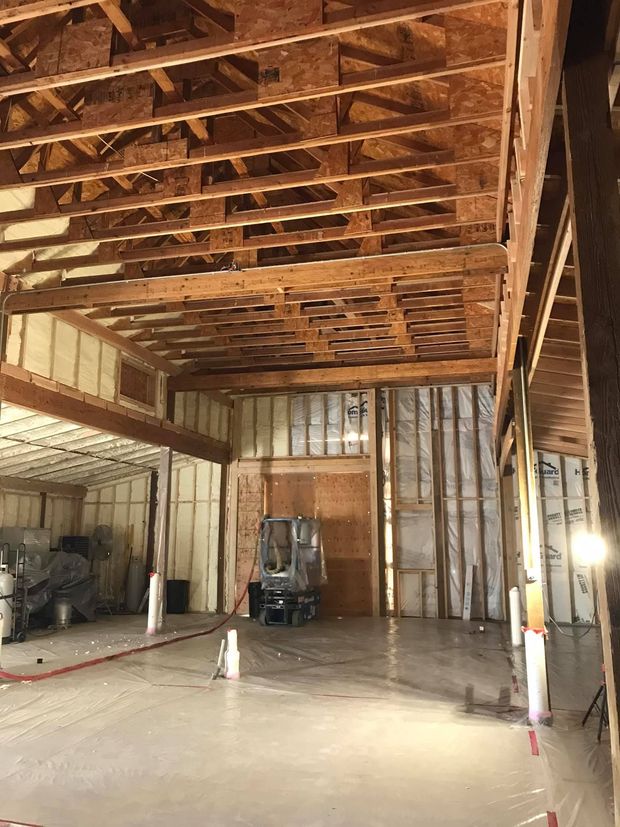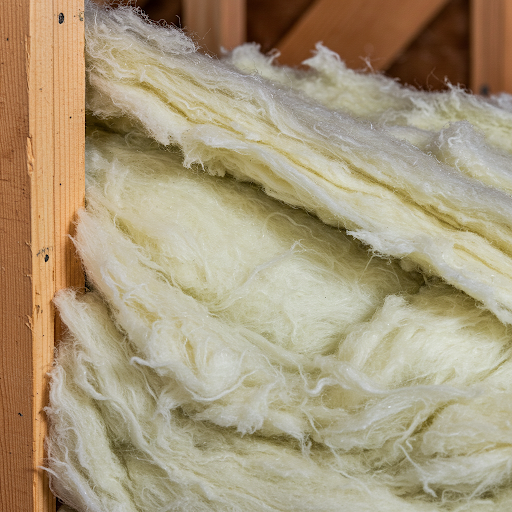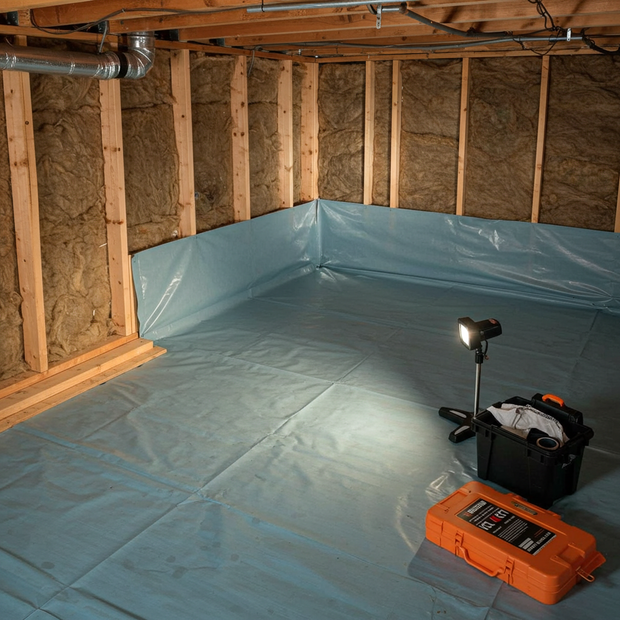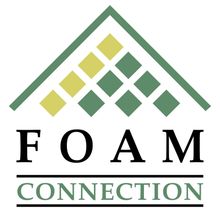Our Sevices
Closed-cell Spray Foam
Insulation material that is applied as a liquid and expands to form a solid, rigid foam with a closed cellular structure.This means that the tiny cells within the foam are completely sealed off from each other.
This unique structure gives closed-cell spray foam the highest efficiency of any insulation option while adding an air tight seal that is moisture-resistant and increases the structural rigidity of the application site.
This method combines closed-cell spray foam and traditional fiberglass insulation to achieve some of the benefits of both methods.
The goal is to leverage the unique strengths of each material to create a more effective, energy-efficient, and sometimes more cost-effective insulation system than using a single type of insulation alone.
Hybrid Insulation
Blown-in Fiberglass
Also known as loose-fill fiberglass, this application consists of small, fluffy, and lightweight fiberglass fibers blown into building cavities using specialized equipment.
It's a popular choice for insulating attics, walls, and other hard-to-reach areas and for clients looking for a less expensive up front cost. The long-term efficiency and settling over time can be a drawback for this option.
Crawl Space Vapor Barriers
Durable, heavy-duty plastic liners are installed to cover the soil floor and walls of a crawl space. This prevents ground moisture from evaporating and entering the crawl space air.
By reducing moisture, vapor barriers create a less hospitable environment for mold and mildew growth, improving indoor air quality in the living spaces above.

